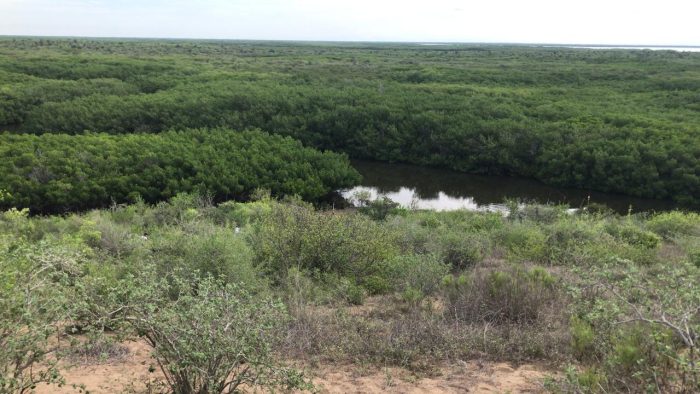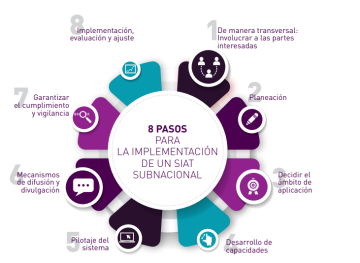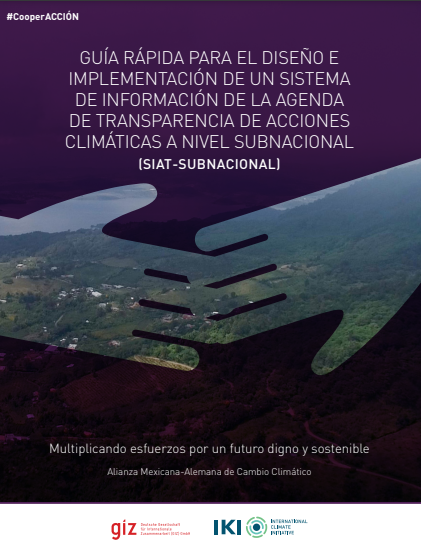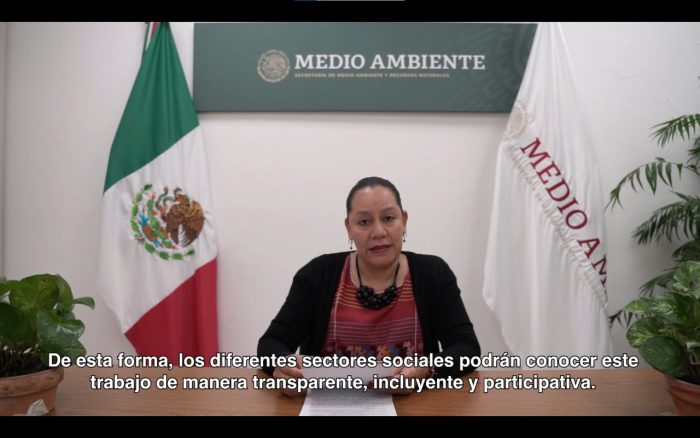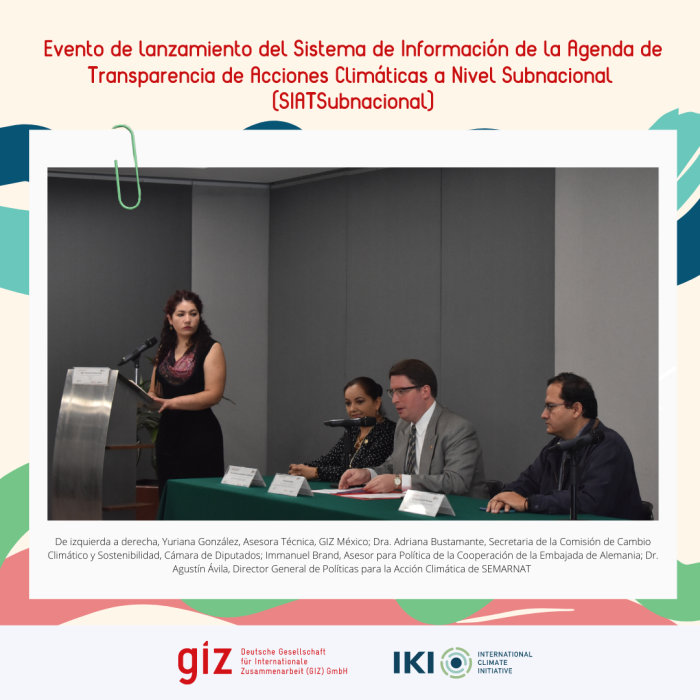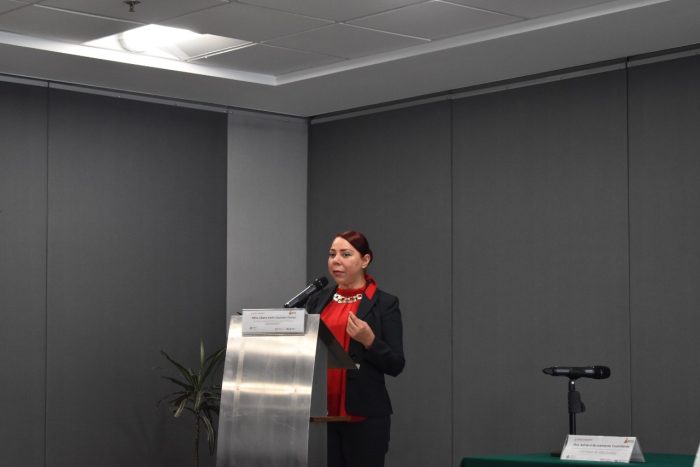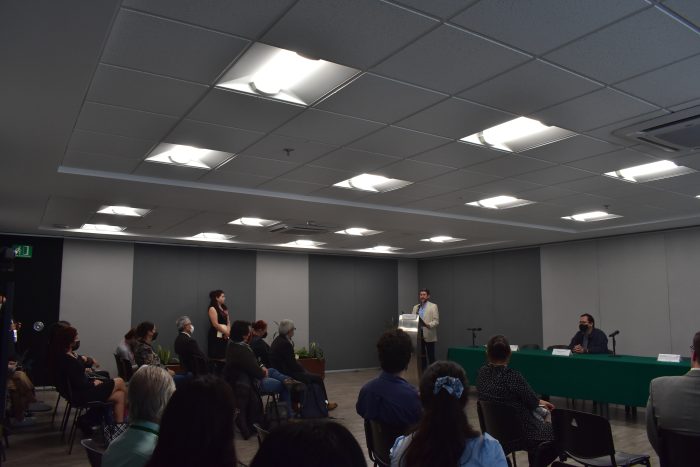Blue carbon ecosystems cover less than 0.5% of the world’s marine area but can sequester more carbon than mature tropical forests. For this reason, it is possible that these ecosystems capture the equivalent of almost half of the emissions generated by transport worldwide (Mexico is the country with the fourth largest extension of mangroves in the world (CONANP, 2017)). In the municipality of Angostura, in the state of Sinaloa, there is an area of 9,051.28 hectares of mangroves (CINAM, 2022).
Taking these considerations into account, the Secretariat of Welfare and Sustainable Development of Sinaloa (SEBIDES), with support from the Deutsche Gesellschaft für Internationale Zusammenarbeit (GIZ) through the Mexican-German Climate Change Alliance, and in conjunction with the College of Environmental Engineers of Mexico (CINAM), are developing an analysis of coastal vulnerability and carbon pool dimensions in the Santa María – La Reforma lagoon system. The objective is to determine the size of the carbon reservoir contained in a specific area of the mangrove, as well as to prioritise those areas susceptible to restoration, conservation and sustainable management through a participatory process involving the communities.
The analysis has been underway since December 2022 and will conclude in November 2023. To date, several activities have been carried out, including three workshops to analyse the problems of the lagoon system and its contribution to climate action. Different actors have participated, such as the government, civil society, academia, communities and children.
First Virtual Workshop
The first workshop was held to identify the economic, cultural and social actions taken by the actors in the site for the preservation of the system. During the session, the inhabitants and workers of the area participated, as well as the National Commission of Natural Protected Areas (CONANP), the Ministry of Aquaculture and Fisheries, Pronatura A.C. and the Ministry of Tourism.
Some of the problems identified include:
- The lagoon system is an area of economic exploitation for fishing.
- Aquaculture is the main phenomenon affecting the lagoon system.
- It is necessary to reinforce the surveillance of the application of the norms.
- Civil society is disconnected from mangrove efforts.
The conclusions of the problems identified were presented and the participants were offered various alternatives, projects and initiatives to help resolve the conflicts.
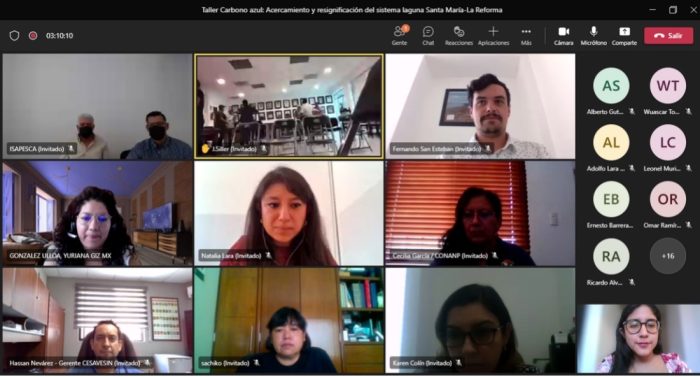
Second in-person Workshop for Public Officials
In the workshop for public officials, two notable participants were Nicté Loi Ceceña, Undersecretary of SEBIDES and Miguel Ángel Angulo Acosta, Municipal President of La Angostura. Indicators were built to solve the pollution problem. In addition, some actions oriented to ecological management were shared.
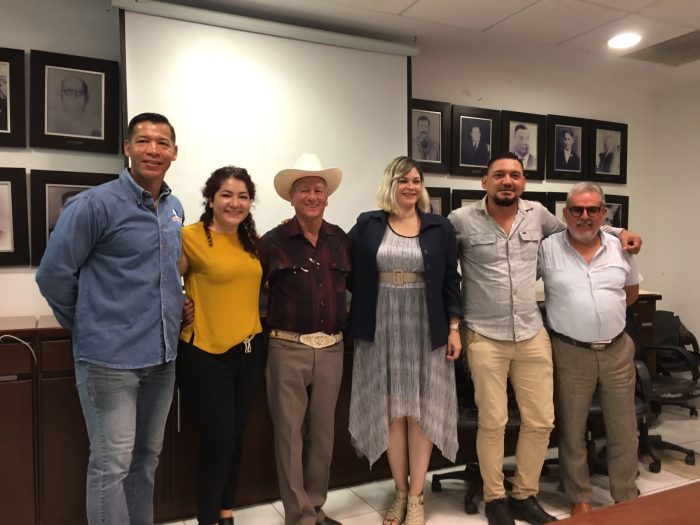
Angostura Municipal Palace © Yuriana González Ulloa, GIZ Mexico
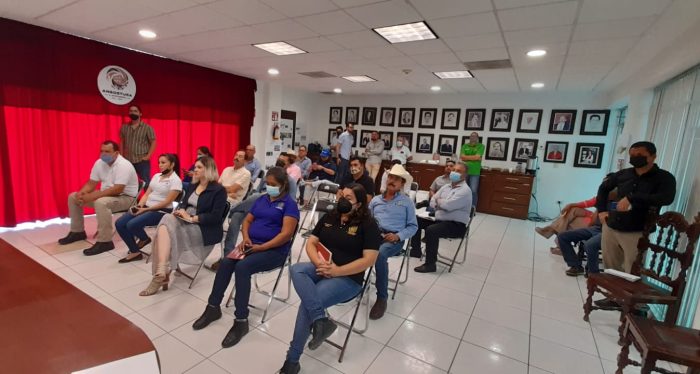
Third in-person Community Workshop
In the community workshop, the participation of women, children and workers from the areas surrounding the mangrove swamp was encouraged. The places perceived to have the greatest environmental deterioration were identified, as well as the factors that allowed the actors, economic activities and sites of interest to be identified. In addition, the participants presented the actions necessary for the conservation of the lagoon system.
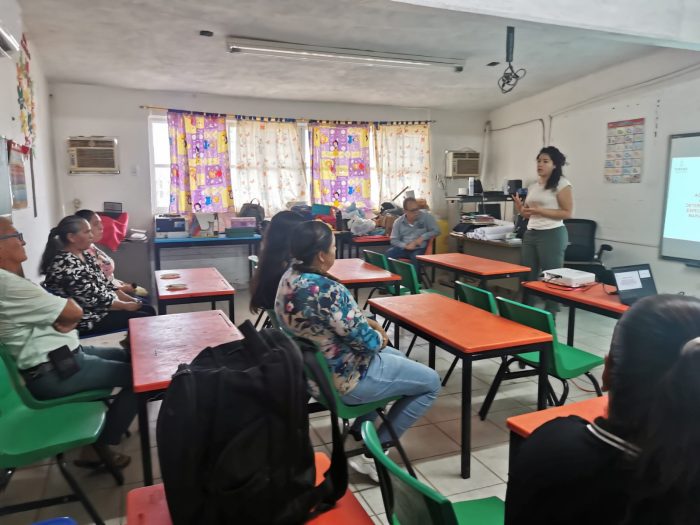
The results of these workshops, together with the bibliographic analysis and the sampling of the mangrove area, will allow for the quantification of the carbon reservoir. The assessment and protection methodology will help replicate the process in other coastal regions of the country with similar problems and to catalyse blue carbon opportunities.
The results of the carbon sequestration potential assessment are coming soon – don’t miss it!
